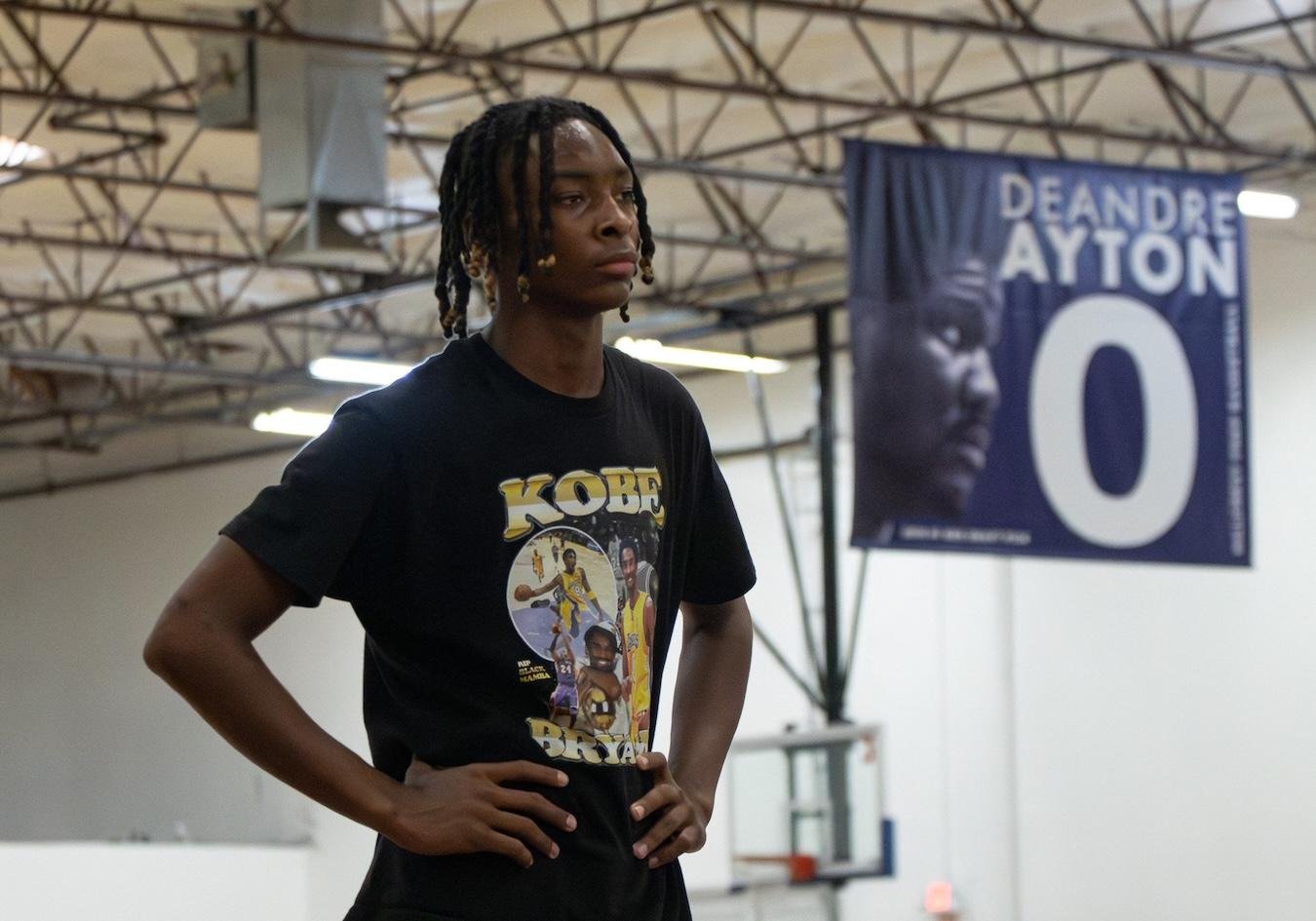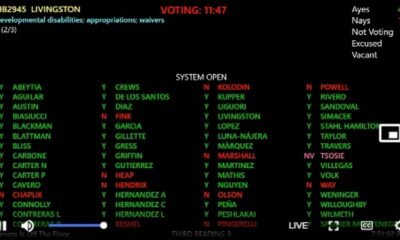arizona
Arizona High School Basketball: Underclassmen & Coaches Unveil the Hard Truths of Early Recruiting

Amid the typical hustle of back-to-school preparations, Kyi Kyi Miles, a dedicated young athlete, was busy heading to a workout. His trainer, Jahii Carson, a former Arizona State University guard, pushed him to excel. These sessions are pivotal as Miles gears up for a competitive future in basketball.
During the drive, an unexpected phone call introduced a new chapter in Miles’ burgeoning career. His father, Jarvis, revealed he had received a call from Michael Plank, the men’s basketball coach at the University of San Francisco. Before the summer workout concluded, Miles found himself on the receiving end of his first verbal scholarship offer. This revelation came even before he embarked on his eighth-grade journey at AZ Compass Prep.
Sam Duane Jr., the boys basketball coach at Perry High School, commented on the shifting landscape of college recruiting. “Schools recognize the urgency to recruit early,” he stated. “They want to establish a relationship, especially with elite five-star recruits.” This trend is leading to offers being extended to athletes as young as middle school.
At just 15 years old, Miles has already caught the attention of multiple programs, including Arizona State and Grand Canyon University. Ethan Telfair, his trainer, predicts that national coaches will soon be scouting players from as early as fifth grade, indicating a new era in recruitment.
Other young talents are experiencing similar trajectories. Darius Wabbington, a promising 6-foot-10 center, received offers from schools including Cal State Northridge and Arizona State before even stepping foot on a high school court. His teammate, Delton Prescott, also garnered multiple offers in advance of his high school debut.
Opinions on early recruiting vary widely. Critics question the rationale behind investing in players who cannot sign a national letter of intent until their senior year. Yet, many coaches, including Ray Portela of Sunnyslope and Scott Stansberry of Mesa, agree that fostering early relationships can prove beneficial for their programs.
“Schools want to get a head start in recruitment,” Portela noted. “Social media amplifies this; schools can showcase offers to build their brand.” This creates a dynamic where players, too, become brands in their own right, heavily influenced by public perception.
Coaching veterans like Duane reflect on their experience with elite players. With a commendable past at Corona del Sol, he now guides five-star recruit Koa Peat, who has been on schools’ radars since ninth grade. Duane emphasizes the importance of understanding recruitment nuances, warning players about fleeting offers that may not last through their careers.
This complexity is compounded by the impact of social media, which has redefined recruitment strategies. Stansberry echoes concerns over the potential pitfalls of early offers, suggesting they could lead to disappointment. “The landscape has shifted dramatically,” he remarked, highlighting the immediacy of information available today.
In contrast, Ethan Telfair believes the evolution of the recruiting landscape, particularly the rise of Name, Image, and Likeness (NIL) opportunities, presents new advantages for young athletes. He underscores the importance of providing players with resources to navigate their careers effectively, especially given the unpredictable nature of sports.
Amidst their promising offers and burgeoning social media presence, players like Miles, Wabbington, and Prescott remain focused on their craft. “It’s great to see my name out there, but performance on the court is what matters,” Wabbington commented. Prescott voiced a similar sentiment, asserting that rankings and offers serve more as motivation than measures of worth.
The role of coaching in this environment cannot be understated. As coaches work diligently to connect with players and educate families on the recruitment process, the journey towards athletic success becomes clearer. Portela asserts, “Winning elevates individual recognition and attracts attention from colleges.”
Ultimately, the foundation of success lies in performance. “Winning programs attract recruiters,” Duane concluded. “The recipe for any athlete’s recruitment journey revolves around making an impact on a successful team.”

















